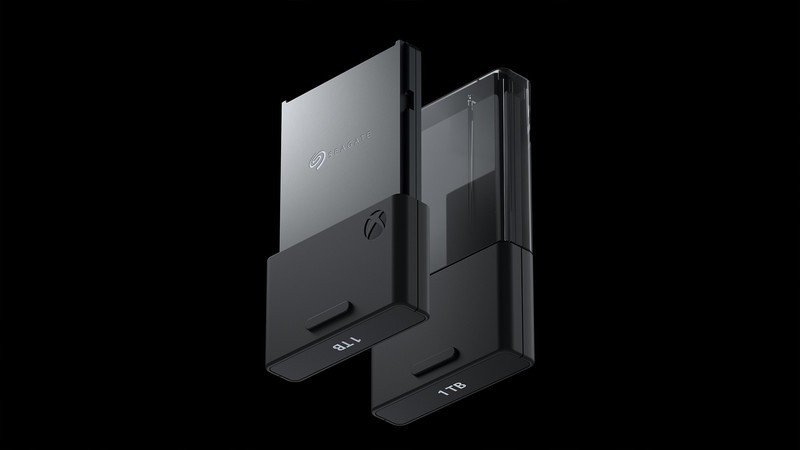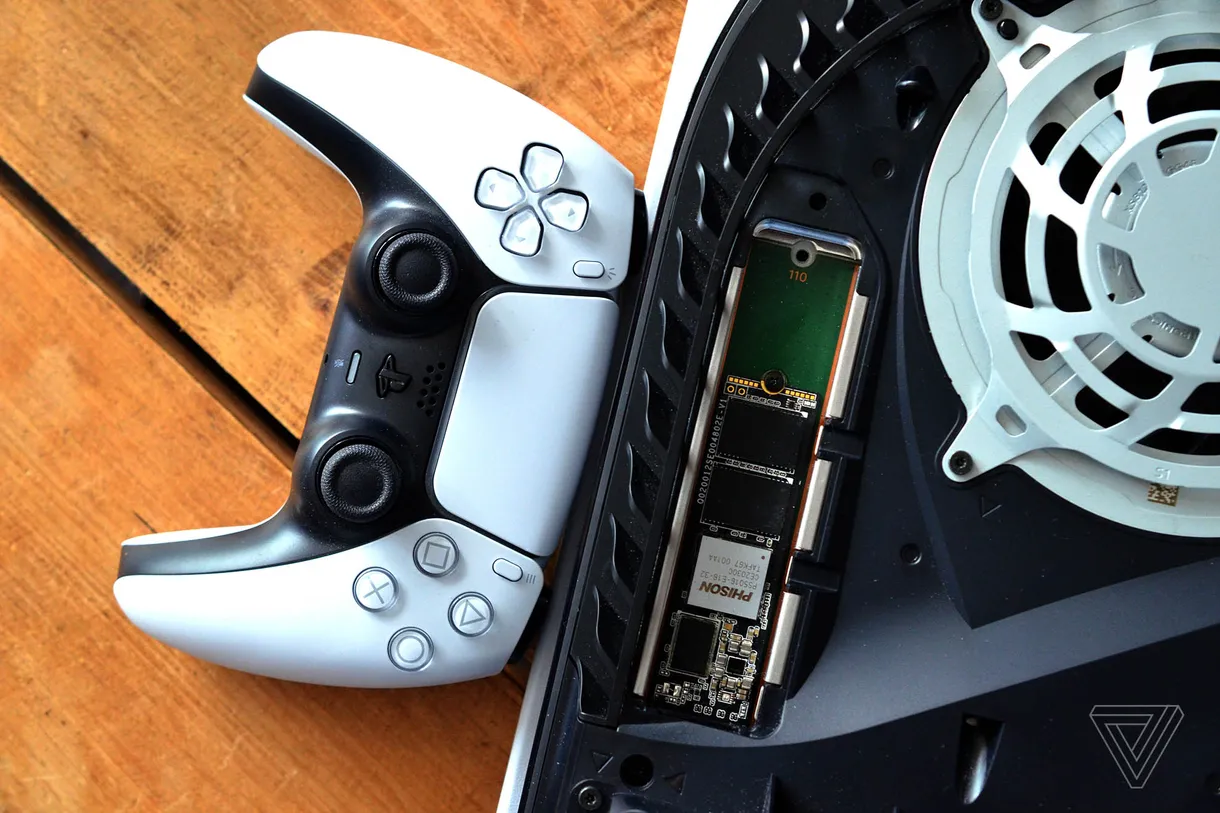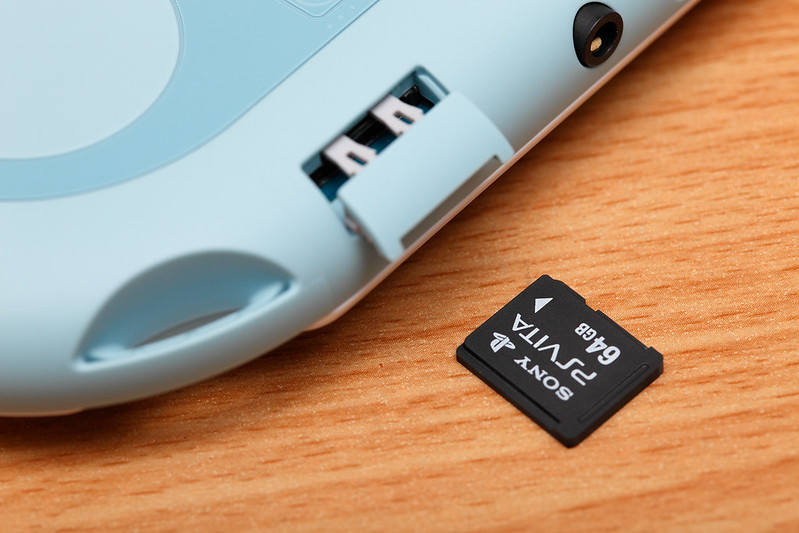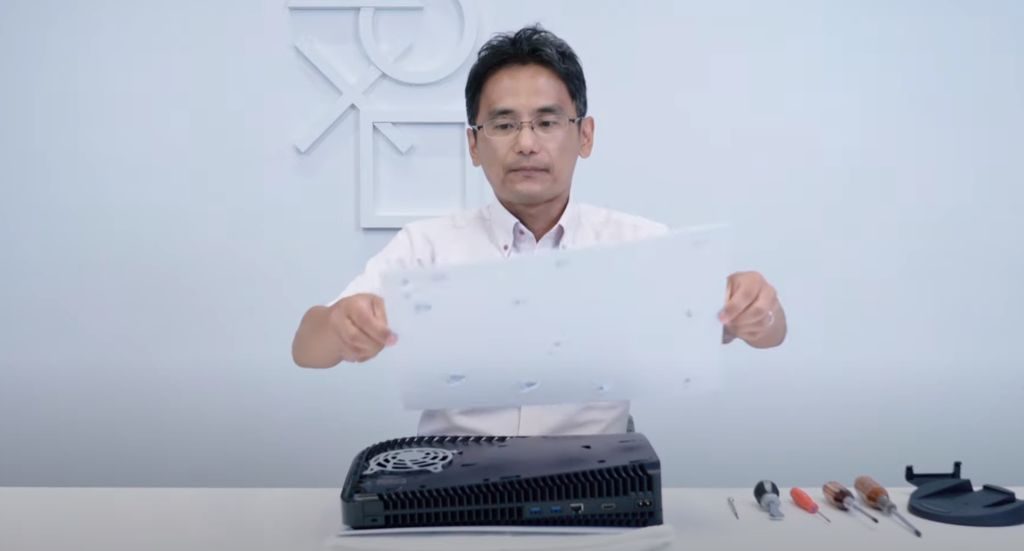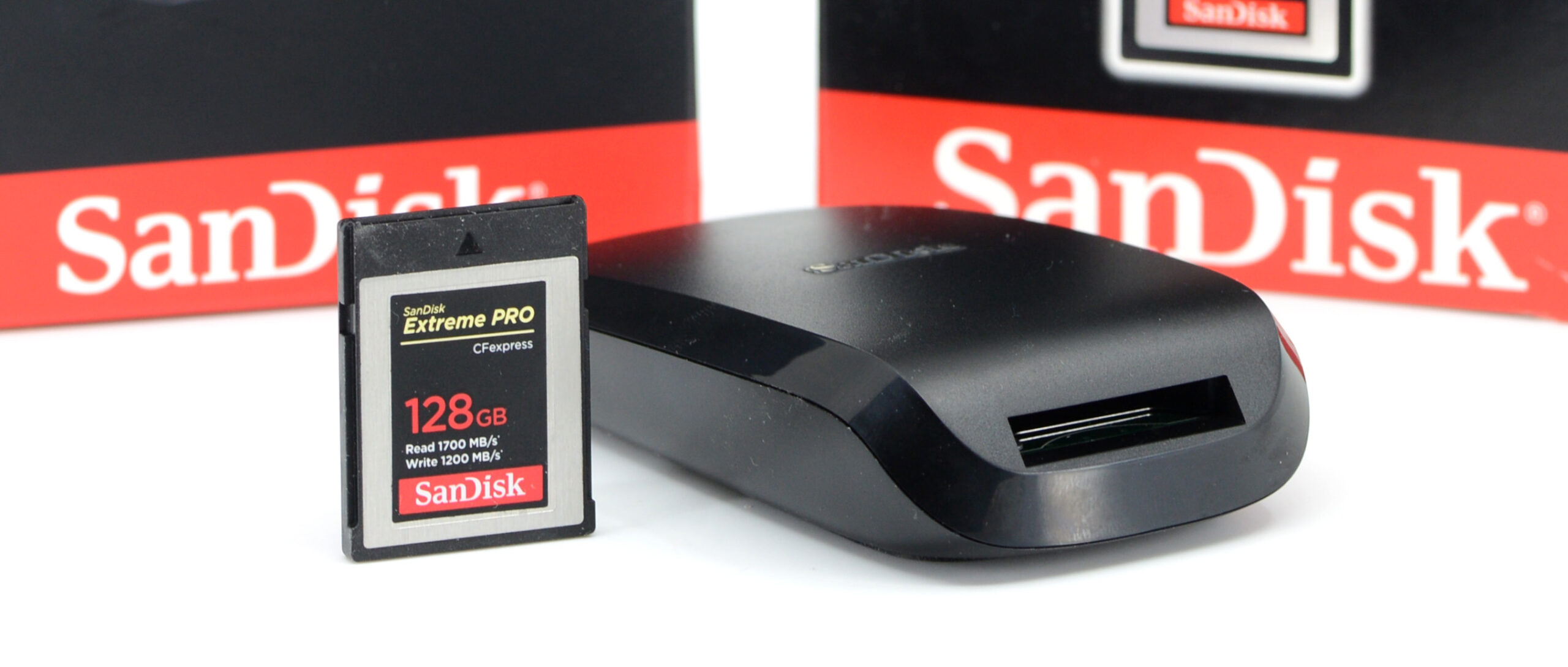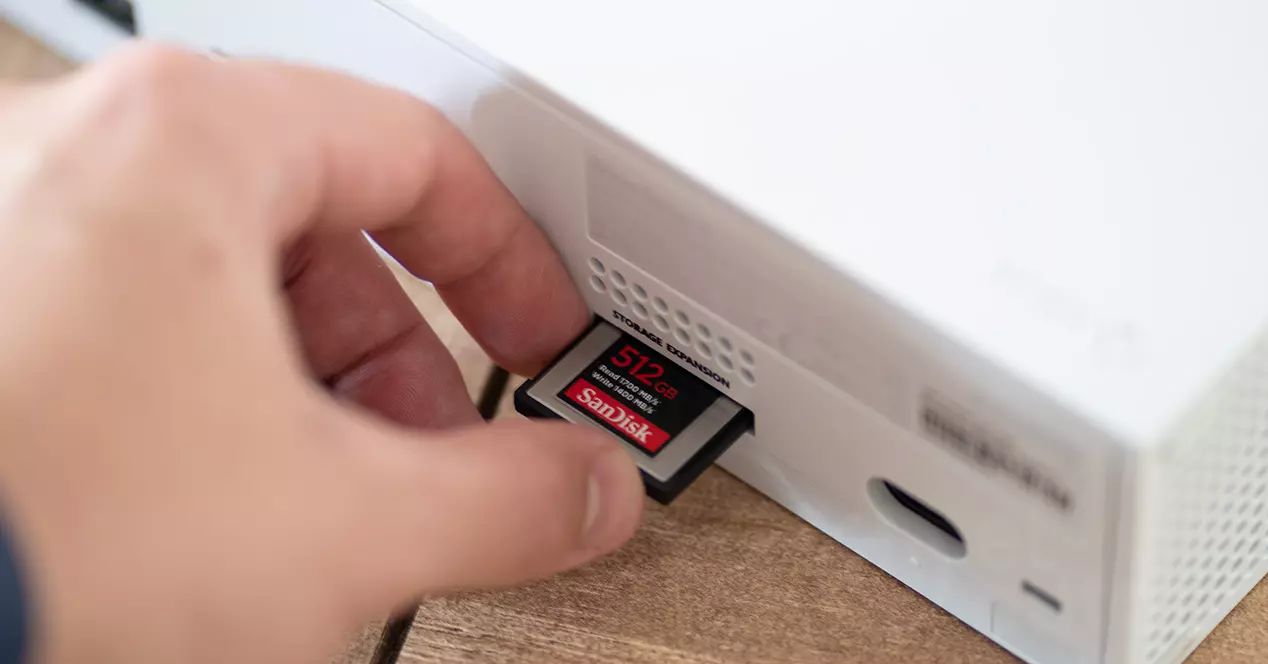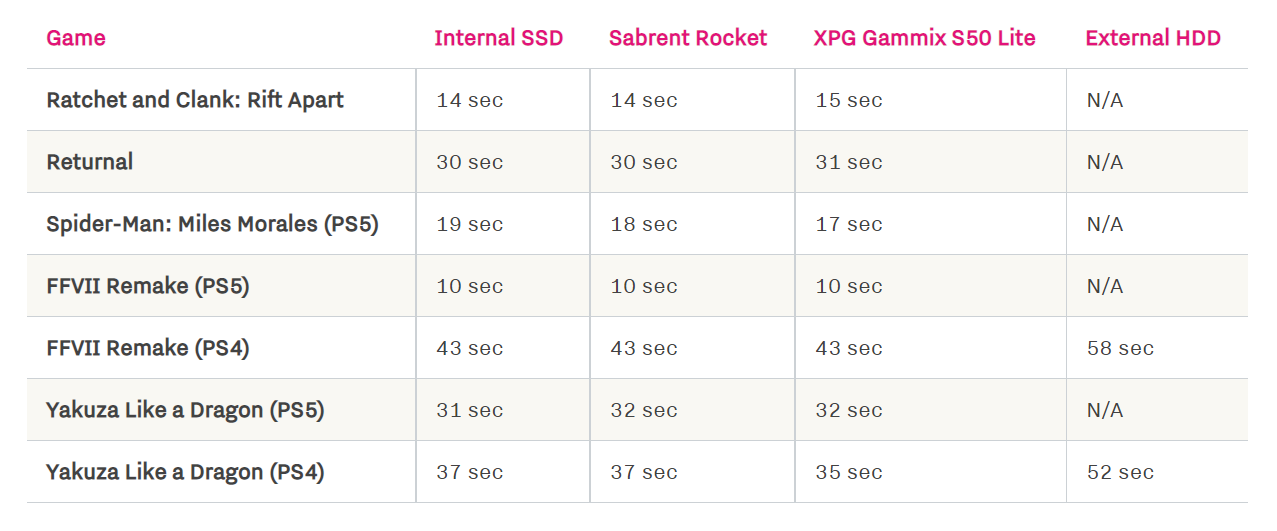The Backstory
To get you up to speed with what’s going on, both Microsoft and Sony chose to go very different routes for expandable storage in their latest consoles. The Xbox Series uses proprietary expansion cards made by Seagate to boost the consoles’ storage. The card comes in only one size capacity and that’s 1TB. You simply buy the card, plug it into the back of your Xbox Series X/S and you’re golden. Contrast that to the PS5 and it’s not as straightforward. Sony has equipped their consoles with a standard M.2 SSD slot, akin to what you’ll find in modern PCs. While this does mean that Sony’s solution is more open and autonomous since it puts the choice in the user’s hand, it’s far more complicated than it may seem at first glance. Now that you’re all caught up to speed, let’s talk about this in detail
Sony Has Learned Its Lesson
Back in 2012, Sony launched the PS Vita. It was a device, in hindsight, truly ahead of its time. The Vita used proprietary memory cards for expandable storage, and those cards were one of the reasons behind the handheld’s failure. Instead of utilizing the existing backlog of SD cards already present in the market, Sony chose to develop their own memory cards that were egregiously expensive, and identically performant to standard SD cards. This whole situation was a huge fiasco which led to Sony ultimately lowering the price of the cards, but by that time, it was too late Fast forward to 2020 and via their official teardown video of the system, Sony revealed that the PS5 will come with a conventional M.2 slot for expandable storage. This didn’t feel like the Sony I knew, but it did look like Sony had learnt its lesson. To be fair, Sony had learnt their lesson with the PS4 already since it came with an easy-to-replace hard drive. Nevertheless, when people first heard this, they applauded Sony’s decision to go with the more open and standardized option instead of creating a new standard themselves. Like everyone, I was ecstatic too. However, many red flags followed. The first of which was the software lock. PS5’s M.2 slot could not be used from launch because it was locked by software. You could try inserting any drive in there and the PS5 would not even pick it up. PS5’s lead architect Mark Cerny explained that not all SSDs are fast enough to match the PS5’s requirements and work with its I/O controller. Sony needed to first do their own testing for compatibility and ensure which drives are ready for the PS5. That’s why the M.2 slot was not functional from day one, “This is reserved for a future update”, Sony said.
The Future Is Now, Old Man
Well, that future is now. We have an official list of requirements and a whole lot of documentation from Sony as to which SSD can actually work in your PS5, spoiler alert: we still don’t know. This is one of those rare times where an answer to a question results in even more confusion than that initial question. Let’s take a look at the laundry list of guidelines first. Interface: PCIe Gen4 x4 M.2 NVMe SSD Capacity: 250GB – 4TB Cooling structure: Using an M.2 SSD with your PS5 console requires effective heat dissipation with a cooling structure, such as a heatsink. You can attach one to your M.2 SSD yourself, either in a single-sided format, or double-sided format. There are also M.2 SSDs that have cooling structures (such as heatsinks) built in. Sequential read speed: 5,500MB/s or faster is recommended Module width: 22mm width (25mm width is not supported) Form Factor: M.2 type 2230, 2242, 2260, 2280 and 22110. These numbers can be found on retail listings for M.2 SSD devices. The first two digits refer to the width, the remaining digits to the length. Socket type: Socket 3 (Key M) Total size including cooling structure: In millimeters: smaller than 110mm (L) x 25mm (W) x 11.25mm (H). In inches: smaller than 4.33in (L) x 0.984 in (W) x 0.442in (H). See below for full requirements.
Length
The following M.2 SSD lengths are compatible with PS5 consoles: 30mm, 42mm, 60mm, 80mm, 110mm (corresponding to the form factor type, per above).
Width
A 22mm-wide M.2 SSD module is required. The total structure (including an added cooling structure) cannot exceed 25mm (0.984in).
Height
The total height of the M.2 SSD and its cooling structure (such as a heatsink) – whether built-in or separate – must be less than 11.25mm (0.442in). The height must also be in the right place, in relation to the M.2 SSD’s circuit board:
The size below the board must be less than 2.45mm (0.096in). The total size above the board must be less than 8mm (0.314in).
(Note: millimeter measurements are the technical standard and are more precise than inches. We recommend double-checking that the total dimensions of M.2 SSD and heatsink products you’re considering meet the millimeter requirements before purchasing)
Both single-sided and double-sided M.2 SSD devices are supported. M.2 SATA SSDs aren’t supported. You should carefully review drive specifications prior to purchase and contact the vendor or manufacturer if you need further information. SIE cannot guarantee that all M.2 SSD devices meeting the described specifications will work with your console and assumes no responsibility for the selection, performance or use of third-party products. Not all games are necessarily playable with the exact same performance provided by the PS5 console’s internal Ultra-High Speed SSD, even where the M.2 SSD device’s sequential read speed is faster than 5500MB/s. The majority of M.2 SSD devices with the above type numbers (M Key Type 2230, 2242, 2260, 2280 and 22110) and without a built-in cooling structure will fit the PS5 console’s SSD slot. However, sizes for cooling structures (like heatsinks) vary greatly. If you are not sure an M.2 SSD or cooling structure (such as a heatsink) you’re considering meets the size requirements outlined here, we recommend looking for another product option or contacting the vendor or manufacturer for more information.
If that long list of requirements scares you at first sight then you’re not the only one. And, that’s not even the full thing. I left out the visual documentation that details the sizes of M.2 drives and heatsink compatibility. Those diagrams in and of themselves look like IKEA instructions. To round it up though, you need a PCIe Gen 4 NVMe M.2 SSD. The SSD has to be anywhere between 250GB to 4TB in capacity and it has to have read speeds of at least 5500MB/s. Moreover, a heatsink is a must to keep temperatures in control as well. Now, if you’re a tech-savvy person or if you have prior experience with computers, those names and numbers are probably clockwork to you. But, unfortunately, that’s not the case with everyone. Majority of the people that own the PlayStation 5 don’t know or care about things like what protocol their SSD uses, or what interface it works on. See, to understand why this is a problem, we have to understand who actually buys consoles.
Not Everyone Is A Nerd
The people who opt for a PS5 or an Xbox Series X over something like a PC or a gaming laptop are, more times than not, folks who’re looking for simple, worry-free, plug-and-play gaming. They don’t want to go through the cumbersome process of sourcing parts from different retailers, putting them all together, setting up the computer and then dealing with any troubleshooting that follows. There is the crowd who goes for PlayStation consoles for their extensive library of exclusives, but that is just a deciding factor over the Xbox. The general audience will choose whichever plug-and-play machine is best, and it just happens to be that exclusives are a defining part of this decision.
Why Xbox’s Expansion Cards Are More Viable
Consoles by nature are plug-and-play machines. You bring one home, you plug it in and you start playing. That’s it. Consoles are accessible, they’re easy to use and they are made with convenience in mind. A typical console buyer isn’t an enthusiast who has built several gaming PCs in their past, and are dying to benchmark the latest-and-greatest that Sony has to offer. A typical console buyer just wants peace of mind that when they return from their job at night, they can sit down on their couch, turn on the console and switch on their favorite game without a worry in the world. That’s the primary target audience for consoles. Obviously there are geeks out there as well, like me. But, we’re not the majority and we don’t represent the average console user. So, with all that in mind, Sony’s more open approach to expandable storage actually becomes more closed-off at the user’s end because of complications the user never asked for. Whereas the expansion cards offered by Microsoft for their Xbox Series consoles, albeit a proprietary solution, actually makes more sense for the average console gamer, and in turn, for everyone. And, if that alone wasn’t a convoluted enough predicament, another one follows it.
Two Things To Worry About
See, there are two parts to this and, unfortunately, both of them are much more cumbersome than that of Xbox Series’. First, you have to think about what drive to actually buy. What drive will work the best? What drive has the appropriate read speeds? What drives come with the right size heatsink? If it doesn’t come with a heatsink, which heatsink do I need to buy separately? So and so forth. This is only the first part, the pre-purchasing. Then comes the second part, the installation. Now that you’ve purchased the SSD, it’s time to install it inside the PS5. You’ll need to take off the PS5’s top side panel and unscrew the M.2 cover. Then, you remove the spacer and mount it according to your SSD’s length, then you carefully lineup the SSD and slot it in. Finally, you screw in the SSD securely and put back the SSD cover. At last, you’re done with the installation but one step still remains – the side panel. You slide on the side panel and now, you’re finally done. On the Xbox Series consoles, you go online, there’s only one drive you can buy so there’s no guessing or figuring out what to do. Once it’s in your hand, all you have to do is unbox it, plug it into the back of your console and you’re done. If that seems like an exaggeration, it’s not. That’s literally all you have to do on the Xbox.
The Long-Term Game
Right now, there is no official list of PS5 supported/compatible SSDs from Sony. As mentioned earlier, this is likely due to the fact that Sony is still testing and benchmarking every drive they can find for an eventual list. Sony needs to make sure that the drives they deem as compatible are actually on-par with the PS5’s internal SSD and can withstand in the longer run. This takes time and considerable effort on one side, so it’s understandable why no official list exists as of now. But, you can be rest assured that a list is imminent. There is no other reason that Sony would lock the M.2 slot for so long, they’re testing drives to list them for official compatibility. It won’t be long before we start seeing PlayStation certified SSDs from prominent manufacturers. The list will come in the near future when Sony has tested enough drives for a sufficient amount of time to ensure longevity. And, that’s when the decision to go the standard M.2 route will come to fruition and the pre-purchasing part of the PS5’s expandable storage will become as easy as Xbox’s.
Proprietary? More Like Standard
As proprietary and custom as the Xbox expansion card appears, it’s basically just a glorified CFexpress card. For those who don’t know, CFexpress is basically a new standard of flash storage proposed by the Compact Flash Association, the next-gen SD Card if you may. These CFexpress cards utilize the PCIe interface and come in different shapes and sizes. The one Microsoft uses is a Type C card, it’s the fastest but also the largest in size. The real “custom” element about the expansion card comes into play here. While the expansion card itself is Type C because of the speed, the size isn’t. The size is actually a perfect 1:1 match to the Type B CFexpress cards. Itigic even tried a Type B card by inserting it into the back of the Xbox Series S and it fit like it was meant to. They were able to hear and feel an audible click that signalled the card was firmly in place. When they opened their Xbox, the console said the drive plugged into the slot is not compatible. I mean, that’s obvious, of course it won’t work, but the fact that the console picked it up, and was able to recognize it to the point of denying compatibility is enough to tell you that slot is infact a CFexpress slot. What Microsoft did was somehow engineer the Type C card down to the size of a Type B one, and made it cool enough to sustain performance and avoid thermal throttling. Microsoft took an existing standard and essentially made it better. This makes me wonder if Sony, instead of going full DIY could’ve also done something like this. I’m not even saying that they had to do it on the same level as Microsoft. They could’ve taken a standard M.2 drive, slapped a heatsink on it, made sure it talked nicely with the PS5’s I/O controller and we’d have something that’s right in the middle of that distinct standard and proprietary spectrum.
Xbox vs. PlayStation
Even though I’m actually a fan of the PS5’s M.2 slot as it gives me the ability to choose my own drive and my own capacity, I can’t help but think about, once again, the average console user. How hard will it be for them to research and deal with the entire pre-purchasing endeavor and then open up their console to install the drive? Someone who doesn’t know a lot about technology probably wouldn’t be fond of this procedure and would rather buy a proprietary drive from the system manufacturer instead. Proprietary drive you say? Well, Xbox has got just that and I actually believe, for at least the current landscape, their solution is better. It all comes back to how the average user will genuinely struggle to tamper with their system and stress over buying the right product. On the other hand, a product that is made specifically to work with the console and has no alternatives, is the more convenient and accessible choice, even though it’s the more limited one. People will only get confused by the sheer amount of options. Choice breeds confusion and confusion causes frustration. Frustration that turns into resentment, which can lead you to lose a customer to your rival. The geek in me is more than happy that Sony went the DIY route and I’m sure other geeks around the world who love to play around with tech are welcoming of Sony’s decision. After all, it’s technically the cheaper and more efficient method out of the two, but at the end of the day, it won’t matter if the general audience is not onboard. But, there’s hope.
Wait, So The Requirements Are A Bunch Of Baloney?
Sony lists 5500MB/s as the minimum spec requirement for expansion drives, but TheVerge was able to run games like Ratchet and Clank, a game notorious for its saturation of the PS5’s SSD, on much slower SSDs. The XPG Gammix S50 Lite, a budget-oriented, entry-level Gen4 drive boasting speeds of upto only 3900MB/s was able to match the performance of not only a high-end Gen4 drive but even the PS5’s internal SSD.
— Tom Warren (@tomwarren) August 4, 2021 This is an interesting development. Perhaps, an even positive one as this shows us that even the lower tier of Gen4 SSDs are keeping up with the PS5’s storage demands. Even though this completely contradicts Sony’s own guidelines, my guess is that the PS5’s internal SSD is actually not working at its full maximum potential yet. That’s why even games like Ratchet and Clank seem to be unaffected by the use of a low-end, technically incompatible, PCIe Gen4 drive.
We’ll Live
And with that, we’ve come full-circle. If the slowest PCIe Gen4 drive that TheVerge could find was able to run games at the same speeds as PS5’s internal SSD, then I doubt there’s anything to worry about. Even in Sony’s requirements, they mention a 5500MB/s or higher SSD is “recommended” and not necessary. This just tells me that games right now are not fully leveraging the PS5’s internal SSD, but this could change in the future with the release of hotly anticipated titles like God Of War: Ragnarok. The recommendation of sticking with high-speed drives is perhaps just an indication to help you make a better, future-proof purchase.
